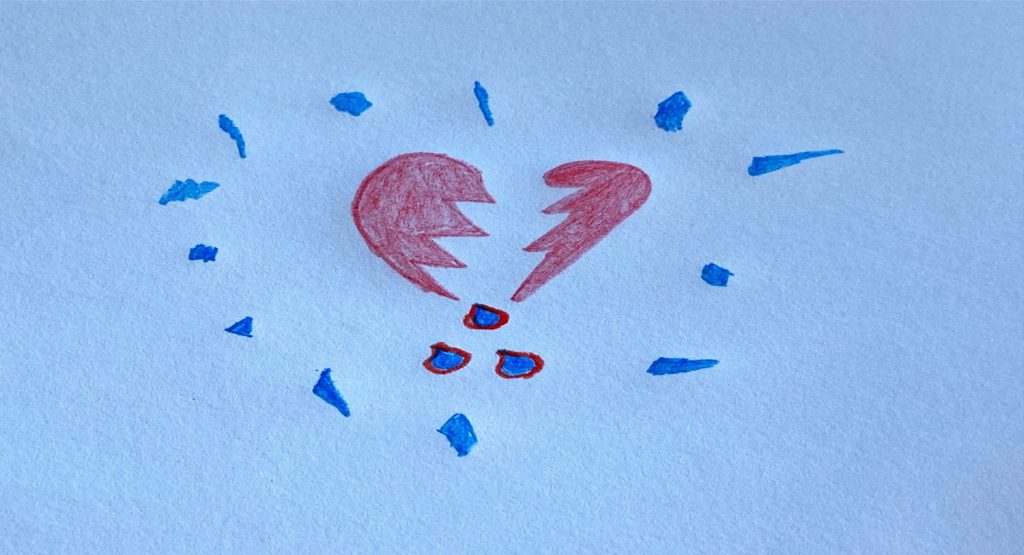
Recently I was reading a book After Story by Larissa Behrendt. At one point in the book one of her characters reflects on the failure of English words to describe many things.
The English language has a rich array of words in many areas, but in others, there is a great lack of words to describe the nuances of many emotions.
The character mused on this fact. I have described her musings in my own interpretation below.
DESCRIBING GRIEF
Grief is one. There are so many layers to the experience of losing someone you love.
The word hope is another. So often you are encouraged to have hope in the future or you feel you have lost hope in the future you dreamed of. The word hope just doesn’t describe the nuances of feeling around the word hope as it relates to grief.
The word tragedy doesn’t even begin to describe the awfulness and extent of losing someone you love.
The truth of what the author wrote really struck me.
This is often something people I see struggle to comprehend.
HOW TO DESCRIBE THESE BAFFLING FEELINGS AND STRANGE EMOTIONS
If you are struggling with grief you may experience the same difficulty.
How do you put into words the impact of the death of someone you love?
There are not enough words in the English language to fully describe it.
It is also important to note that every person’s experience of grief is different.
But how do you express something so far reaching? So life changing?
How do you express the lost hopes and dreams? How do you express the extent of the tragedy that has befallen you?
THESE FEELINGS NEED TO BE NAMES TO MAKE SENSE OF THEM
The difficulty of expressing these feelings doesn’t mean you can’t or shouldn’t express them. You need to. If you can’t express them to yourself how do you make sense of it all?
For this reason, I use a number of different approaches to working with you. Words alone are never enough so I like to use other approaches.
DIFFERENT APPROACHES WORK WHERE WORDS CANNOT EXPRESS FEELINGS
I teach these approaches to use in sessions so that you can encounter these feelings and have them witnessed. Being able to share the array of emotions is an important part of grief.
I also teach these approaches so that you can use them personally whenever you need to. Below are some of the approaches I use:
. Journaling, both with prompts such as questions to answer and free expression of what is in your head is one way.
. Writing poetry is another way. Haiku is a great format to use the haiku is a Japanese poetic form that consists of three lines, with five syllables in the first line, seven in the second, and five in the third.
. Sandplay, where you use symbols in sand to explore aspects of your grief is also very powerful.
. Finally, painting or drawing is very powerful and my personal favourite. I don’t ask you to paint a masterpiece. I just ask you to put shapes, squiggles, dots, stick figures, blocks of colour, anything you feel is important to do. You are expressing what cannot be put into words and it can come out many ways.
CAN I HELP YOU?
If you would like to talk to me about how I can help you with your grief, please contact me on 0409396608 or nan@plentifullifecounselling.com.au
If you would like to learn more, I write a regular newsletter with interesting information, tips, information on courses, and the occasional freebie. At the moment I have a free mindfulness meditation for anyone who signs up to my newsletter. This meditation offers a way to safely explore your feelings and learn to be okay with them. If you would like to subscribe please click on the link here: http://eepurl.com/g8Jpiz
